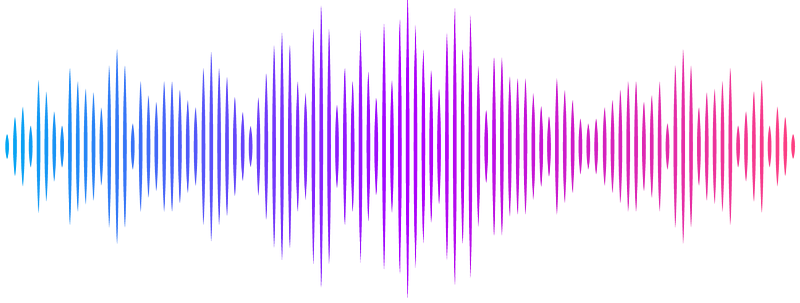The changing-look AGN SDSS J101152.98+544206.4 is returning to a type I state

The changing-look AGN SDSS J101152.98+544206.4 is returning to a type I state
Bing Lyu, Xue-Bing Wu, Yuxuan Pang, Huimei Wang, Rui Zhu, Yuming Fu, Qingwen Wu, Zhen Yan, Wenfei Yu, Hao Liu, Shi-Ju Kang, Junjie Jin, Jinyi Yang, Feige Wang
AbstractAims. We reported the discovery that a changing-look AGN SDSS J101152.98+544206.4 (J1011+5442 for short) gradually returns to the type 1 state after a short period between 2014 and 2019 in the faint type 1.9 state. Methods. Motivated by the rebrightening in optical and mid-infrared light curves from ZTF and WISE, we obtained the new spectroscopic observations by Xinglong 2.16-m, Lijiang 2.4-m, and MMT 6.5-m optical telescopes in 2024. Results. After changing the optical AGN type from 1 to 1.9 between 2003 and 2015 based on the repeat spectroscopy from the Time Domain Spectroscopic Survey, J1011+5442 returns to its type 1 state in 2024. We detect the significant and very broad Hbeta lines (FWHM > 5000 km/s) based on the new spectra, which suggests that J1011+5442 is in the intermediate state between the dim state in 2015 and the bright state in 2003. The long-term optical and mid-infrared light curves also show a brightening trend between 2019 and 2024 as the broad Hbeta line appears. The time lag of about 100 days between the mid-infrared and optical variability is consistent with the prediction of dust reverberation mapping. Conclusions. The behaviors of the photometric and spectroscopic observations of J1011+5442 are consistent with the argument that the repeating changing-look phenomenon is regulated by the variation of accretion rate.